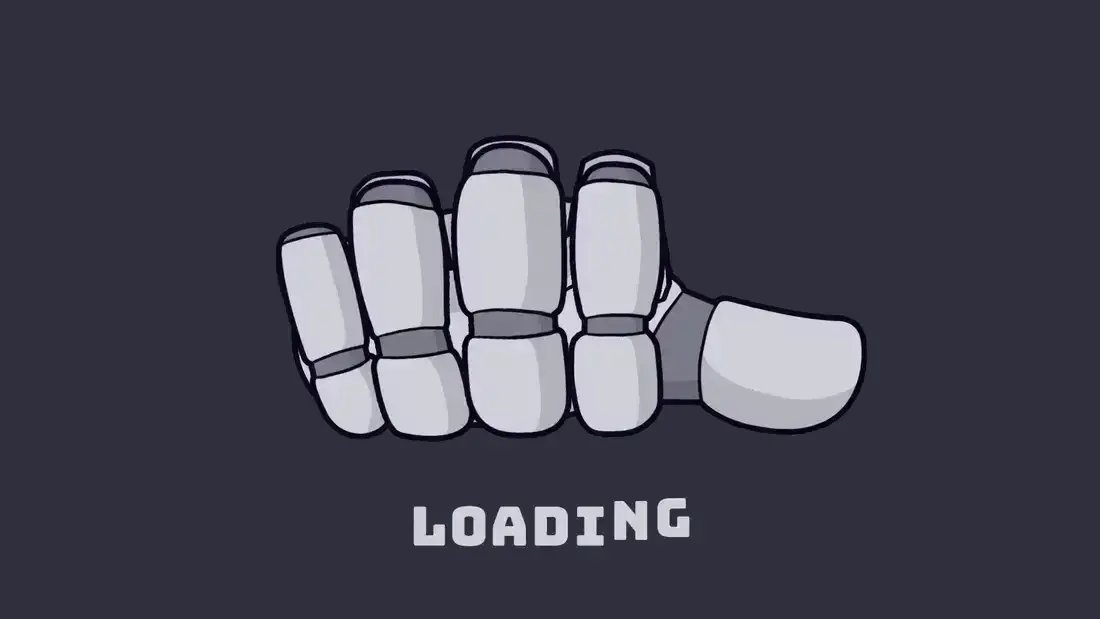▼ Most saved
Summaraize
Free mode
100% free
Freemium
Free Trial
Other tools
-
668159176Released 9mo ago100% Free
-
1,526105217Released 1y ago100% Free
-
 Open5187584Released 10mo ago100% Free
Open5187584Released 10mo ago100% Free -
6036581Released 1y ago100% Free
- Sponsor:Rocket - Vibe Coding
-
2224037Released 9mo ago100% Free
-
3114049Released 11mo ago100% Free
-
1403830Released 3mo ago100% Free
 Ye Noung🛠️ 1 tool 🙏 150 karmaSep 15, 2025@Free AI Notes GeneratorPretty handy, not always helpful since sometimes notes are not in a simple text format, but it does the job
Ye Noung🛠️ 1 tool 🙏 150 karmaSep 15, 2025@Free AI Notes GeneratorPretty handy, not always helpful since sometimes notes are not in a simple text format, but it does the job -
 Book Summarizer instantly transforms any book into a crisp, intelligent summary.Open1063537Released 9d ago100% Free
Book Summarizer instantly transforms any book into a crisp, intelligent summary.Open1063537Released 9d ago100% Free -
3663432Released 1y ago100% Free
-
2293235Released 10mo ago100% Free
-
562718Released 2mo ago100% Free
-
1912145Released 1y ago100% Free
- Didn't find the AI you were looking for?
-
421716Released 1mo ago100% Free
-
1311223Released 11mo ago100% Free
-
146118Released 6mo ago100% FreeArtist Tips for Better Results with Somnira Canvas: To help Somnira Canvas render the most compelling and emotionally resonant figures—whether human or animal—users are encouraged to guide the tool with poetic, suggestive phrasing rather than highly technical descriptions. This helps maintain harmony with the platform’s expressive strengths. For human figures, try emotion-based posture phrases like “curled in sorrow,” “reaching toward a fading light,” or “kneeling in wind.” Favor mood-based modifiers over anatomical specifics, such as “a silhouette bathed in dusk” or “a quiet figure in motion blur.” For animals, use mythic or metaphorical phrasing like “a fox made of stars,” “a deer outlined in frost,” or “a lion woven from dusk and gold.” Avoid strict biological realism unless intentionally stylized (e.g., “cubist owl,” “ink-drawn heron”). Best practices include specifying camera perspective or body angle with terms like “3/4 view,” “top-down shot,” or “over-the-shoulder,” and adding atmospheric cues such as “drifting in chalk mist,” “outlined by candlelight,” or “carved in shadow.” You can also add emotion-based tags directly into the prompt—words like “longing,” “grief,” “stillness,” or “wonder” will guide the aesthetic and expressive qualities of the final artwork.
-
 Open7086Released 9mo ago100% Free
Open7086Released 9mo ago100% Free
Post



